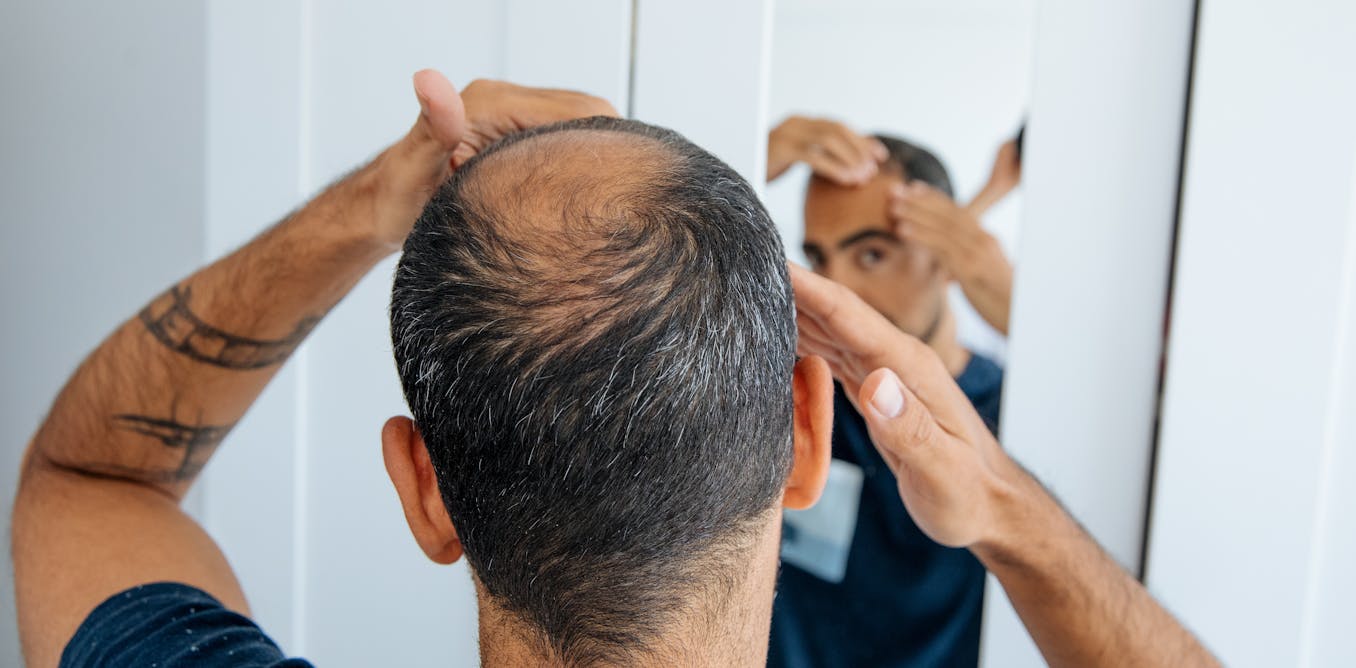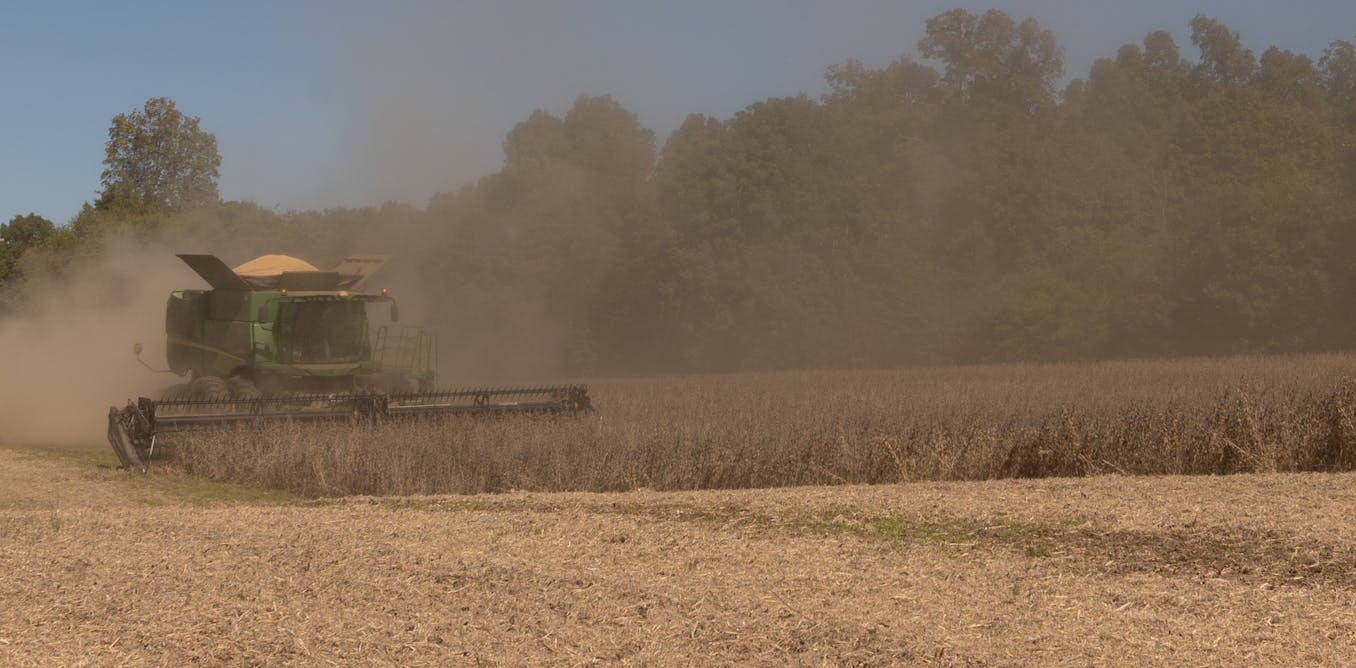For decades, progress on organic solar cells has been stymied by how quickly light can break them down. Now AI has discovered organic light-harvesting molecules with a five-fold improvement in stability over their predecessors. Moreover, the new system can explain what makes these novel compounds more stable, to help scientists design better molecules in the future.
Solar cells made from organic materials offer several advantages over the conventional silicon ones that are now common on roofs and fields. For example, while silicon panels are heavy and rigid, organic solar cells are thin and flexible.
Since the 1980s, commercialization of high-performance organic solar cell materials has been hindered by a major problem—they degrade when exposed to light. Overcoming this hurdle has been challenging because of big gaps in scientists’ understanding of how to design photo-stable molecules, says Nick Jackson, an assistant professor of chemistry at the University of Illinois at Urbana-Champaign.
In the new study, the researchers used an artificial intelligence that provided suggestions about what molecules to create. An automated system then synthesized those compounds and probed their properties in experiments. The AI then analyzed the resulting data to improve its suggestions.
All in all, this new, iterative system generated light-harvesting molecules, the best of which were more than five times more stable on average than the compounds the researchers started with. It logged this accomplishment this after generating only 30 new candidate molecules over five rounds of synthesis, experimentation and optimization, or 1.5 percent of the 2,200 potential compounds it could have produced.
Using AI to Make AI Comprehensible
Although scientists have previously used artificial intelligence in chemistry research, one key challenge AI has long faced is its black box nature—its inability to reveal how it came to its decisions. For example, an AI model might find what it suggests are optimal molecules for an application, but it typically cannot explain what about their structures or properties make them optimal.
To help solve this problem, the researchers developed a second AI that monitored the first AI’s decisions. This second AI also developed models of chemical features potentially linked with photostability.
“I like to think of this as analogous to asking a sportscaster to interpret the decisions that an elite athlete makes in-game,” Jackson says. “If I asked Lebron James why he made an in-game decision, he might just say ‘it felt right,’ but if I ask a sportscaster, they can give me an explanation after the fact that makes a good amount of sense.”
Research into photostability often focuses on triplet states—“the state of electrons in a molecule after they absorb light,” Jackson explains. When electrons in molecules are excited into triplet states, the molecules could undergo reactions that degrade the compounds.
Previously, when…
Read full article: AI Makes Better Organic Solar Cells

The post “AI Makes Better Organic Solar Cells” by Charles Q. Choi was published on 09/11/2024 by spectrum.ieee.org







































Leave a Reply